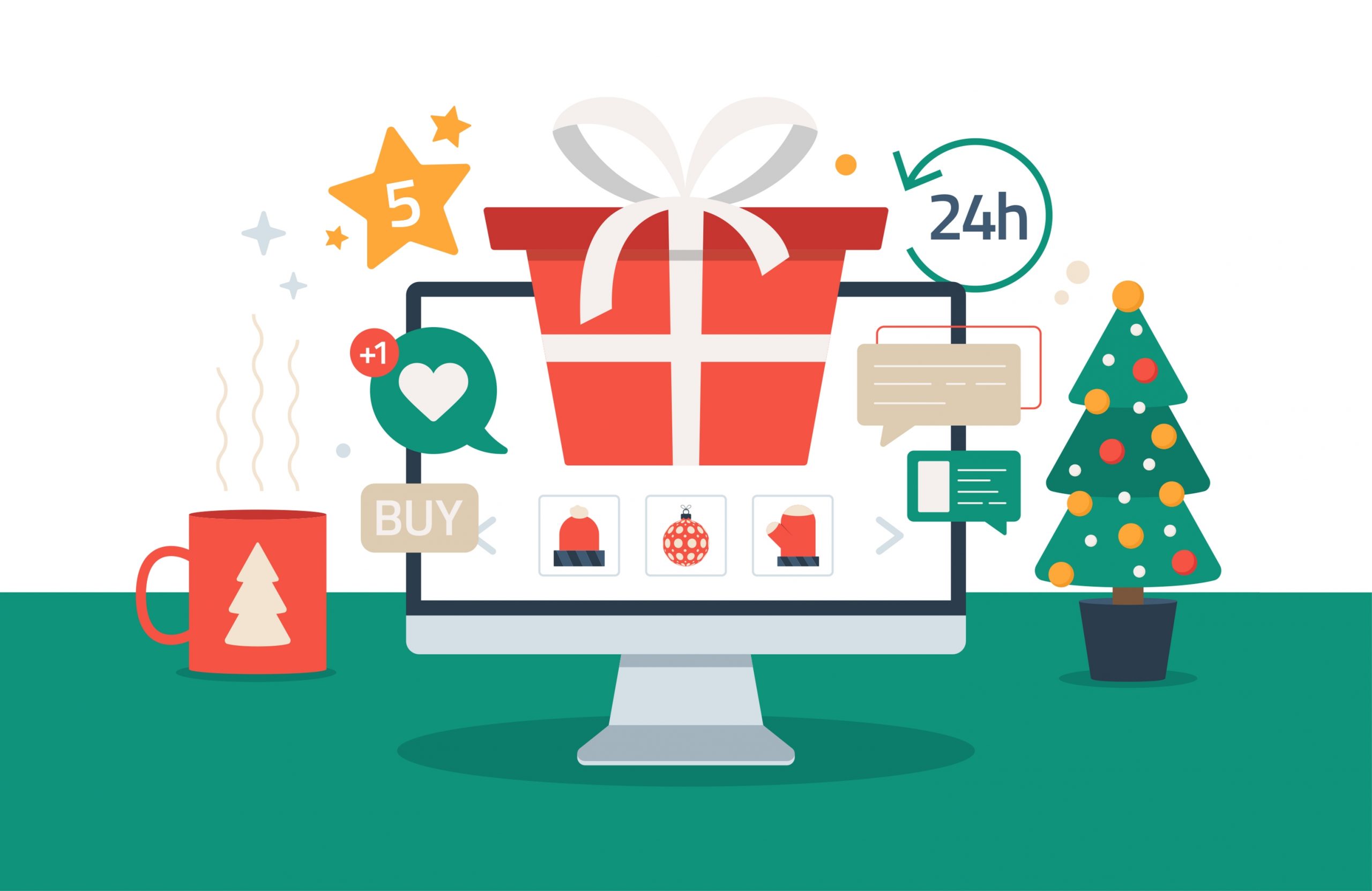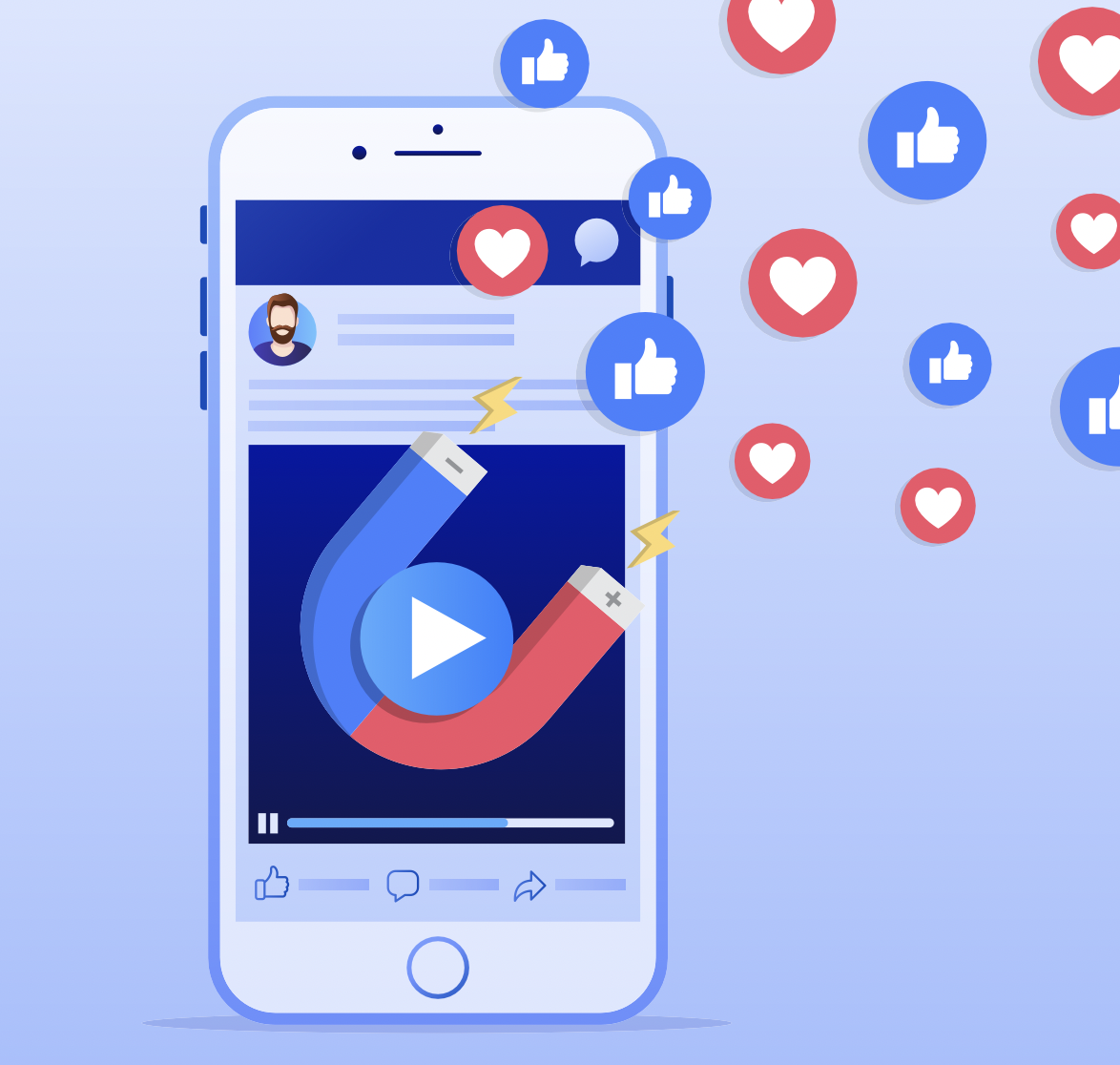As the final stop in the marketing funnel, your sales page is where potential customers turn into PAYING customers–or not. Every. Word. Counts.
A sales page is a type of landing page, but it’s also in a class of its own. Because unlike other landing pages which are sometimes created for SEO purposes or lead generation (say to capture an email address or other info), a sales page is asking for much MORE. It’s asking for the user to pull out their wallet and hand over their hard-earned MONEY.
Shifting a consumer from a casual “Oh, this looks interesting!” mentality to an emotionally engaged “I’m buying this right now!” state of mind is an enormous challenge – with a MASSIVE reward! Get it right and you’ll see sales SOAR!
Here are 5 tips for writing wicked sales page copy that SELLS:
1. Invest Time In Crafting A Killer Headline
Some copywriters write the headline first, others find it easier to write it last, and still, others will get an epiphany during the process. However you do it, take your time to get it right. Because your headline is the FIRST thing your audience will see. They’ll glance at it and make a snap decision whether to keep on reading. If it doesn’t succeed in hooking their attention, there’s NO chance they’ll read the rest of your copy!
So, how to get it right? Most important is to be direct about what you’re offering, who it’s for, and what the benefits are. You can do it by sparking their curiosity, making a big promise (that your product delivers on), or asking a thought-provoking question. However you do it, keep it short, simple, and crystal clear. Leverage the principles of scarcity and urgency. And if you can do all that while making it POP - i.e. grab the user’s attention - congrats! You’ve crafted a killer headline. But a word of caution! Be careful not to sacrifice clarity for the sake of being “clever” or “creative.” In almost all cases, your conversion rate will suffer.
2. Turbo Charge Your Copy With Emotions
No discussion of sales copy would be complete without talking about consumer psychology. Because your users are real people and what drives their decision-making process is EMOTIONS.
If your user doesn’t connect to what you’re selling there’s no way they will buy it! But, when your copy hits the right emotional nerve, it will engage the reader, trigger a psychological response, and motivate them to do something.
(That means it’s critical to research what pains your target audience, what drives them, what are their fears, values, and desires BEFORE you start writing.)
Now, one proven way to trigger an emotional response is by using what copywriters call “power words.” These are high impact words that capture the reader’s attention, spark curiosity, and cause them to FEEL a specific emotion. The most powerful one is “YOU” because it makes the copy personal. Other power words play on specific emotions related to safety, fear, urgency, lust, trust, anger, greed, and love. Search “copywriting and power words” and you will find tons of lists and examples to incorporate.
Still other kinds of power words act like tiny hooks that grab the attention of the reader and pull them into your story. These are words they don’t see everyday so they pack a punch. For example, why say the overused “effective” when you can say “sanity-saving,” or “hard” when you can say “grueling,” or “beautiful” when you can say “breathtaking”?
Think of power words like a strong spice. Too few and your copy will be boring as heck. Too many and it’ll be over-the-top ridiculous. Sprinkle just the right amount and your copy will be IMPOSSIBLE to ignore.
3. “Simplicity is the ultimate sophistication.” - Leonardo Da Vinci
Writing for conversions isn’t about a fancy vocabulary or sounding smart. Nope, simple SELLS. No one likes to feel confused. And with information overload suffocating us, reading something clear, direct, and simple is like a breath of fresh air. For example, right now I was about to write: “Make the copy intuitive.” But, honestly, doesn’t “Make the copy user-friendly” sound so much lighter, direct, and easy to understand?
So, use everyday language and write the way you speak. In most industries, especially business-to-consumer (B2C) where you’re talking to the end user, your copy should avoid technical terms or industry-specific jargon that your audience might not understand. If the copy is not understandable and relatable, your conversion rate will suffer. Aim for writing at or below a FIFTH-grade level.
Use my favorite tool, Hemingway Editor, to easily check your writing’s level.
4. Stop Talking About Yourself!
Talk less about your offer’s features and MORE about what it can do for your audience - the benefits. Blabbing on about how great your offer is will bore the reader and they’ll leave. Bye. Instead, tell them how and why your offer can solve THEIR problem, help them hit their goals, or make their life better, easier or happier. In almost all cases, you’ll want to replace “we” with “you” (remember: YOU is the #1 power word). And write like you are talking to a REAL person, with real concerns, objections, and emotions. Because you are!
5. Build Trust While Destroying Barriers
A big chunk of users will get to the CTA with their mouse hovering over the button. To click or not to click? For users who are on the fence, trust building factors and other perks can help give them the tiny push they need. Near the CTA is the place to showcase, or remind your audience, of all the added value they are getting: Free Shipping! Money Back Guarantee! Free Gift! Extra Savings Opportunities! Free Trial Period! Limited-Time Discount!
Also, now is the time to CRUSH any remaining barriers preventing the click. Is the obstacle the price, trust, or shipping concerns? Reassure the user by showing them your third party certifications, secure payment badges, free returns, privacy guarantees, or reminders they can unsubscribe or cancel at any time.
More Tips to Come…Stay Tuned!
Want to Know More? Let’s Talk!

 Twitter
Twitter Facebook
Facebook LinkedIn
LinkedIn

